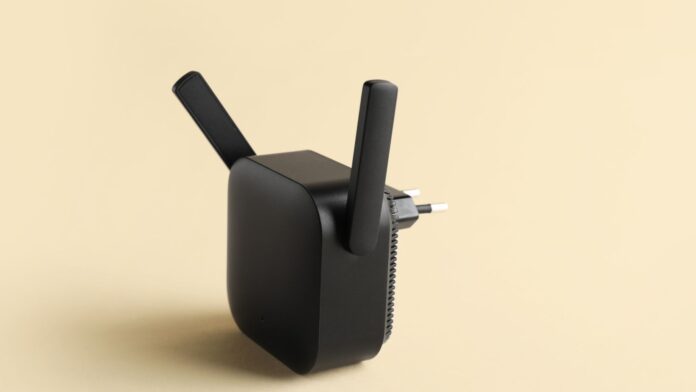When it comes to mobile network coverage, many people are curious about the differences between Sprint and Verizon. In this article, I’ll be comparing the Sprint coverage map from 2016 with that of Verizon to give you a better understanding of how these two carriers stack up against each other.
One important factor to consider when evaluating network coverage is geographical reach. Both Sprint and Verizon have extensive networks that cover a large portion of the United States. However, it’s worth noting that there may be variations in coverage quality depending on your location.
Sprint Coverage Map 2016 vs Verizon
Sprint Coverage in Major Cities
When it comes to evaluating a wireless carrier’s coverage, major cities are often the first areas that come to mind. In 2016, Sprint made significant strides in improving its coverage footprint across various metropolitan areas. With an extensive network infrastructure and strategic investments, Sprint aimed to provide reliable service to its customers.
In cities like New York City, Los Angeles, and Chicago, Sprint focused on enhancing its network capacity and expanding its reach. This meant more towers and better signal strength in densely populated urban centers. As a result, customers experienced improved call quality, faster data speeds, and fewer dropped calls.
Verizon vs. Sprint Coverage Comparison
One of the common questions when comparing carriers is how they stack up against each other in terms of coverage. In 2016, Verizon held a reputation for having one of the most expansive networks nationwide. However, Sprint worked tirelessly to close the gap by investing heavily in network upgrades and infrastructure expansion.
While Verizon still maintained an edge over Sprint in terms of coverage breadth, there were many instances where both carriers provided comparable service quality. It’s important to note that specific factors such as location and terrain can influence individual experiences with signal strength and overall performance.

Verizon Coverage Map in 2016
Verizon Coverage in Rural Areas
When it comes to providing coverage in rural areas, Verizon has made significant strides in ensuring that their network reaches even the most remote locations. This is particularly important for those who live or travel outside of urban areas and rely on reliable connectivity for work or personal use.
Verizon understands the importance of serving customers in rural areas and has invested heavily in expanding their coverage footprint. By strategically placing cell towers and utilizing advanced technologies, such as satellite backhaul, they have been able to extend their reach far beyond what was previously possible.
Verizon Network Expansion
Verizon’s commitment to expanding its network is evident through its continued efforts to enhance coverage across the country. They have consistently invested billions of dollars into infrastructure upgrades and new tower installations to provide a reliable network experience for their customers.
One notable example of this expansion is Verizon’s deployment of small cells technology. These small cell sites act as mini cell towers and are strategically placed throughout urban areas with high network demand. By adding these small cells, Verizon has been able to alleviate congestion and improve overall network performance for its users.


